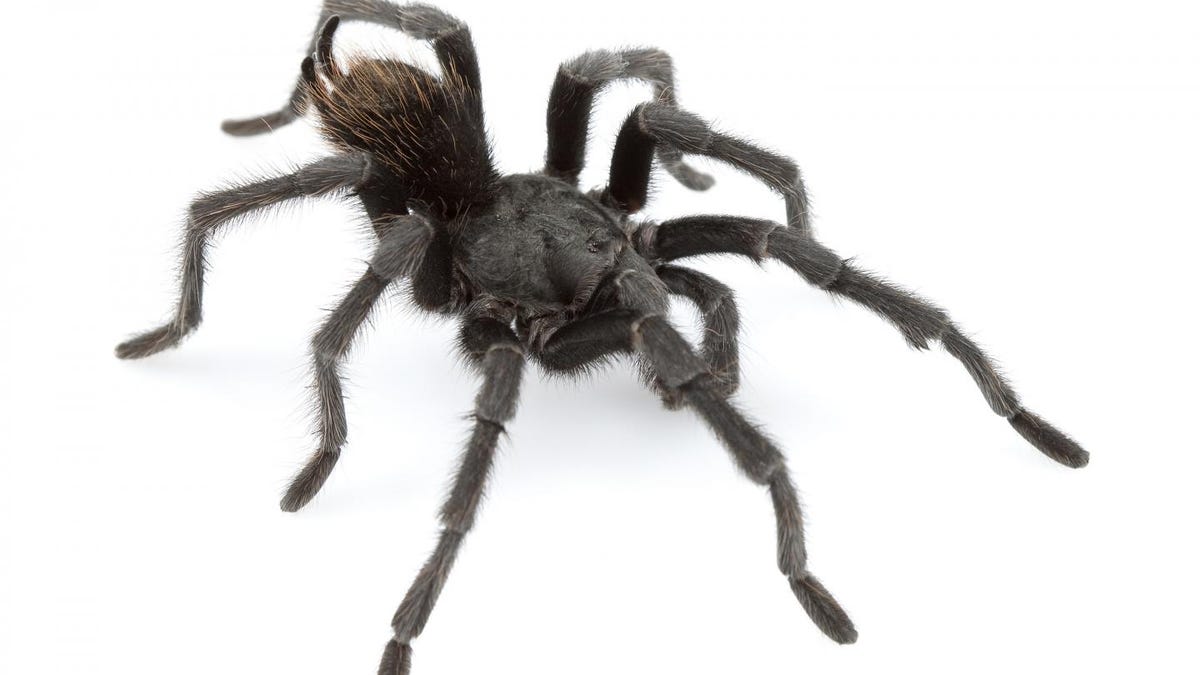Johnny Cash's legacy lives on through a tarantula
A new tarantula found in the vicinity of California's Folsom State Prison has been named after the original Man in Black.
A handsome new tarantula has made its debut on the world stage, and, just like its namesake, Aphonopelma johnnycashi knows a little something about style. The spider was named both for its location, near Folsom State Prison, and the colouring of the male tarantula, all black just like Johnny Cash's "Man in Black."
A. johnnycashi (perhaps "Sue" would have been less of a mouthful) is just one of 14 new spiders in the Aphonopelma genus described in a recent paper published in the open access journal ZooKeys.
"We often hear about how new species are being discovered from remote corners of the Earth, but what is remarkable is that these spiders are in our own backyard," said arachnologist Chris Hamilton of Auburn University, lead author of the study.
"With the Earth in the midst of a sixth mass extinction, it is astonishing how little we know about our planet's biodiversity, even for charismatic groups such as tarantulas."
The study reorganised and reclassified the genus, which previously contained 55 species, mostly scattered across the southwestern third of the United States. Across the intricate study of nearly 3,000 individual spiders, the team from Auburn University and Millsaps College rearranged the genus into just 29 discrete species, 14 of which are new to science.
The study, which took over a decade of searching for spiders across a range of habitats in the southwest, found that many of the previously reported species were poorly defined, and some that had been reported as separate species actually belonged to the same species.
The genus is also remarkable for its size diversity, with leg spans ranging from 15 centimetres (6 inches) to 2.5 centimetres (1 inch).
As well as A. johnnycashi, the new species include A. saguaro, named for the cactus, A. superstitionense, named for the Superstition Mountains, and A. xwalxwal, from the Cahuilla word for "small spider."
"As a Native American myself -- a member of the Chickasaw Nation of Oklahoma -- I do try to look for ways to tie Native Americans into new species, if possible," Hamilton told LiveScience.
The team also found that some of the species were limited to small areas and will likely require conservation efforts in the future.
"These fragile habitats are threatened by increased urbanization, recreation, and climate change," said study co-author Brent Hendrixson. "There is also some concern that these spiders will become popular in the pet trade due to their rarity, so we need to consider the impact that collectors may have on populations as well."


